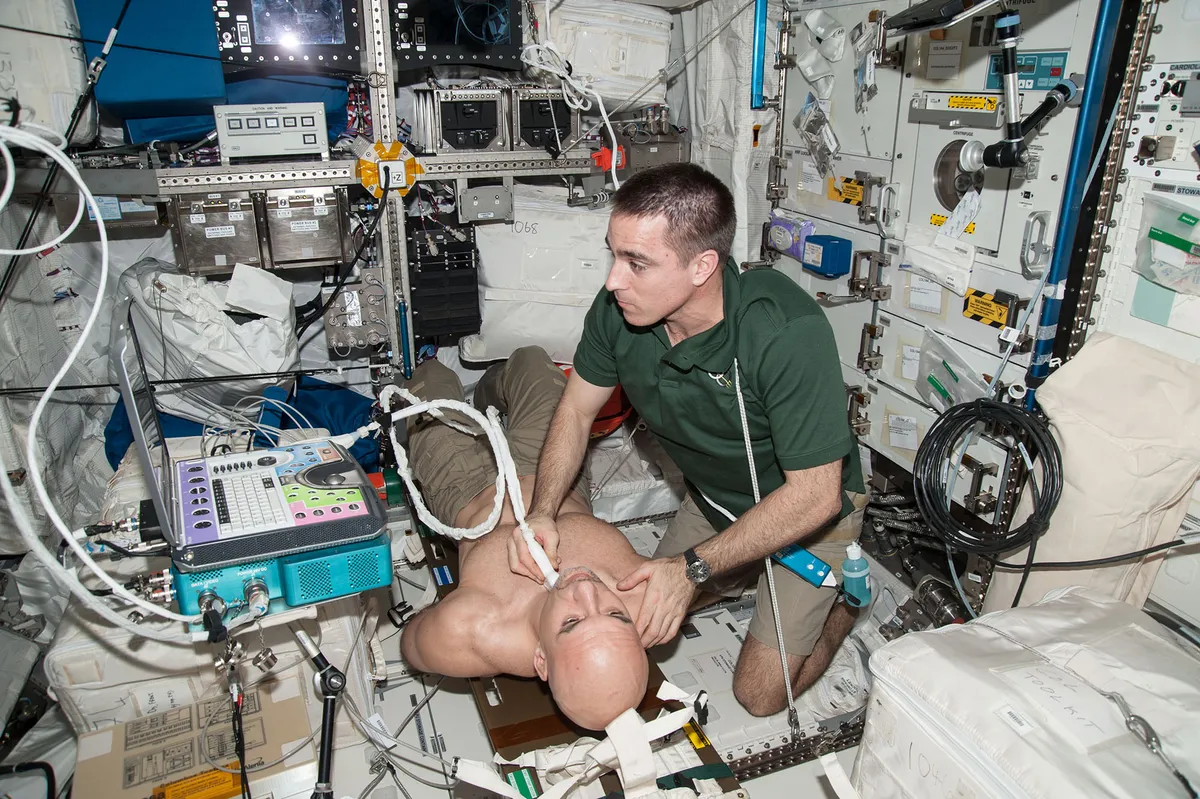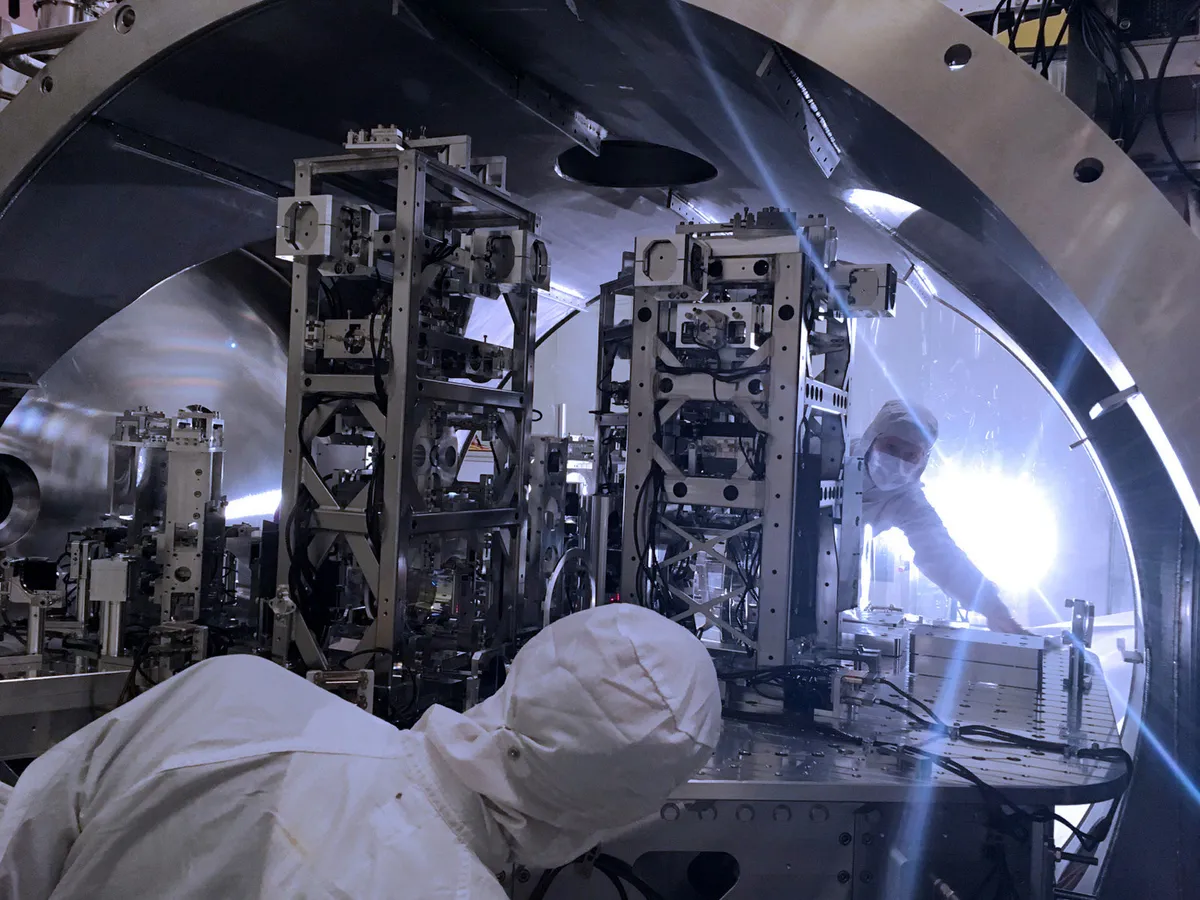Over the last few months, the COVID-19 virus has affected every facet of human endeavour. Space exploration and industry has been no exception. With researchers unable to travel to their workrooms and telescopes, dozens of projects have been delayed while others have found ingenious ways to carry on exploring our Universe despite the difficulties.
Like many organisations, NASA has ordered all non-essential personnel to work from home to help combat the virus’s spread, but is also making a more direct attack on the pandemic by helping to build and improve the ventilators hospitals desperately need, while also opening up supercomputing resources to researchers working on COVID-19.
Read more about COVID-19:
- Astronauts return home to planet Earth in lockdown
- How coronavirus lockdown is affecting astronomy and spaceflight
- Does coronavirus lockdown mean clearer skies for astronomers?
“Where hands-on work is required, it’s difficult …to comply with CDC (Centers for Disease Control and Prevention) guidelines while processing spaceflight hardware, and where we can’t safely do that we’ll have to suspend work and focus on the mission critical activities,” says Jim Bridenstine, NASA’s administrator.
Several high-profile missions have already fallen foul of the restrictions imposed in the wake of the outbreak. Work on the James Webb Space Telescope as well as the Orion crew module and the heavy-lift rocket, the Space Launch System, has been put on hold.
All three projects have suffered launch date slips in the past, and now a new delay seems almost inevitable.

Meanwhile, the European Space Agency (ESA) has put many of its missions into hibernation – including the Solar Orbiter which only launched in February – to reduce the number of staff needed at operational facilities in Europe.
They have also postponed the Rosalind Franklin Mars rover until 2022. Experts from across Europe were attempting to fix issues with the landing system before its July launch, but are now unable to work on the rover.
“People from different places of industry in Russia, in Italy and France cannot move easily, as in the past,” says Jan Wörner, ESA’s director general. “So there is also an impact. I would not like to say the coronavirus is the one and only reason – but… it has an impact on the mission, yes.”
I will have no launch guests at the Baikonur Cosmodrome. It’ll be completely quiet. There won’t be anybody there. We’ll just kind of walk out.
NASA astronaut Chris Cassidy
Two other Martian rovers currently look set to meet their launch dates despite the virus. NASA’s Perseverance rover (formerly known as Mars 2020) is being given priority over other missions due to the short launch window to the Red Planet.
Meanwhile, the Chinese National Space Administration has continued work on its own rover – despite being the nation longest affected – by using protective gear and wide-scale disinfection.
Another mission that has gone ahead is the latest expedition to the International Space Station, Expedition 62, which launched on 9 April. The crew underwent their usual two-week quarantine before launch, though this was stricter than normal.
“I will have no launch guests at the Baikonur Cosmodrome,” said NASA astronaut, Chris Cassidy. “It’ll be completely quiet. There won’t be anybody there. We’ll just kind of walk out.”

Back on Earth, observatories around the world have either reduced their staff or shut down entirely.
The Atacama Large Millimeter/Submillimeter Array took its last scientific observation on 19 March, while the LIGO gravitational wave observatory cut off its third observing run early and is suspending all work on the planned upgrades to the detector.
The American Astronomical Society’s (AAS) meeting planned for this June, which usually gathers thousands of astronomers from all over the world, has now switched to a fully remote and virtual conference – a move the AAS had already been investigating as a way to lower its carbon footprint.
It’s not just professional astronomers who have been affected. To help protect their members, many amateur societies in the UK cancelled their regular meetings several weeks before the government ban on large gatherings.
The outbreak also meant several amateur astronomy fairs were postponed. Among them was the world’s largest, the Northeast Astronomy Forum, although show goers didn’t completely miss out as the organisers ran a virtual fair on 4 April, featuring live streamed talks and gear demonstrations, and the actual show has been rescheduled for 12-13 September.
Though the virus has put many projects on pause, it has not stopped them entirely. The scientific and commercial space communities are currently prioritising the health and well-being of their staff, so that when the pandemic subsides they will be fit enough to continue their work in exploring the cosmos.
Ezzy Pearson is BBC Sky at Night Magazine's News Editor.
